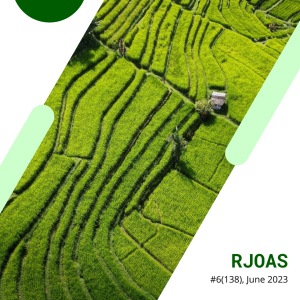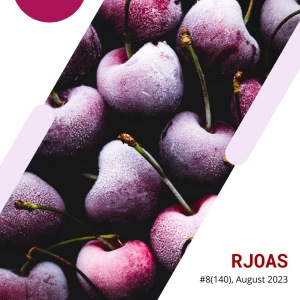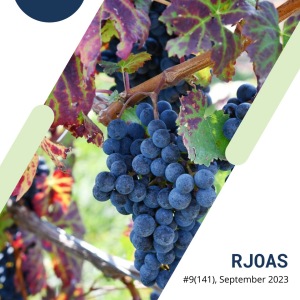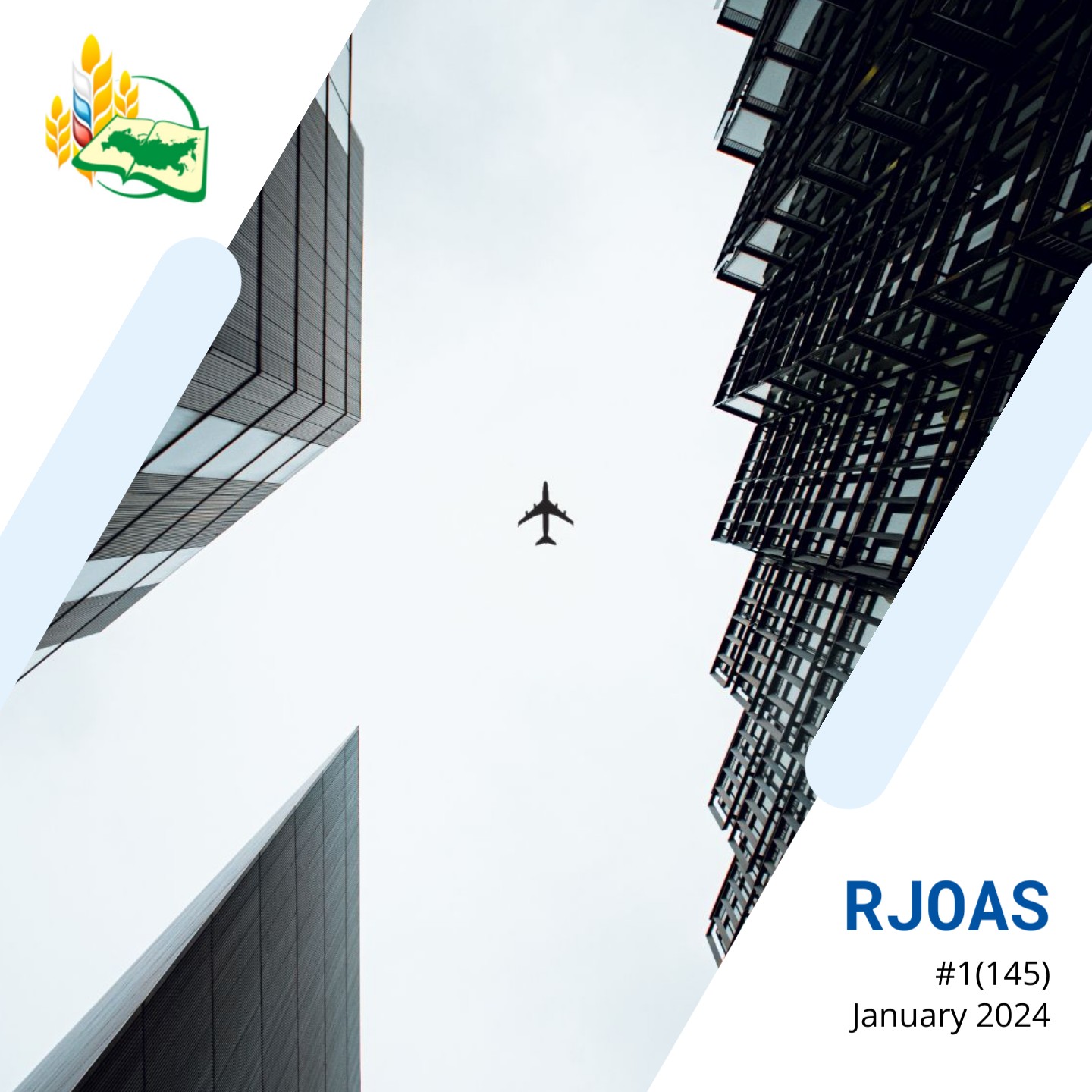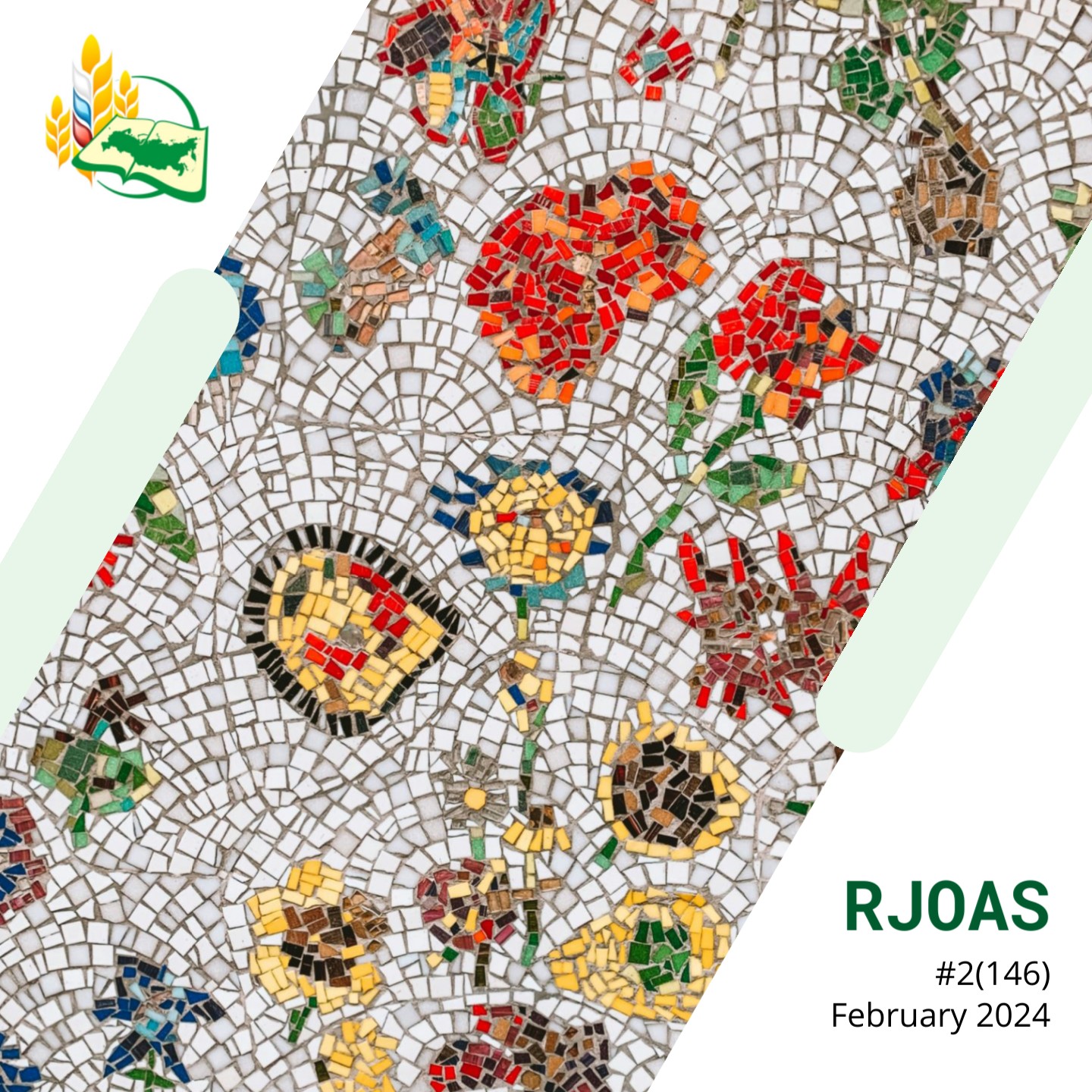ISSUE 1(37), January 2015 |
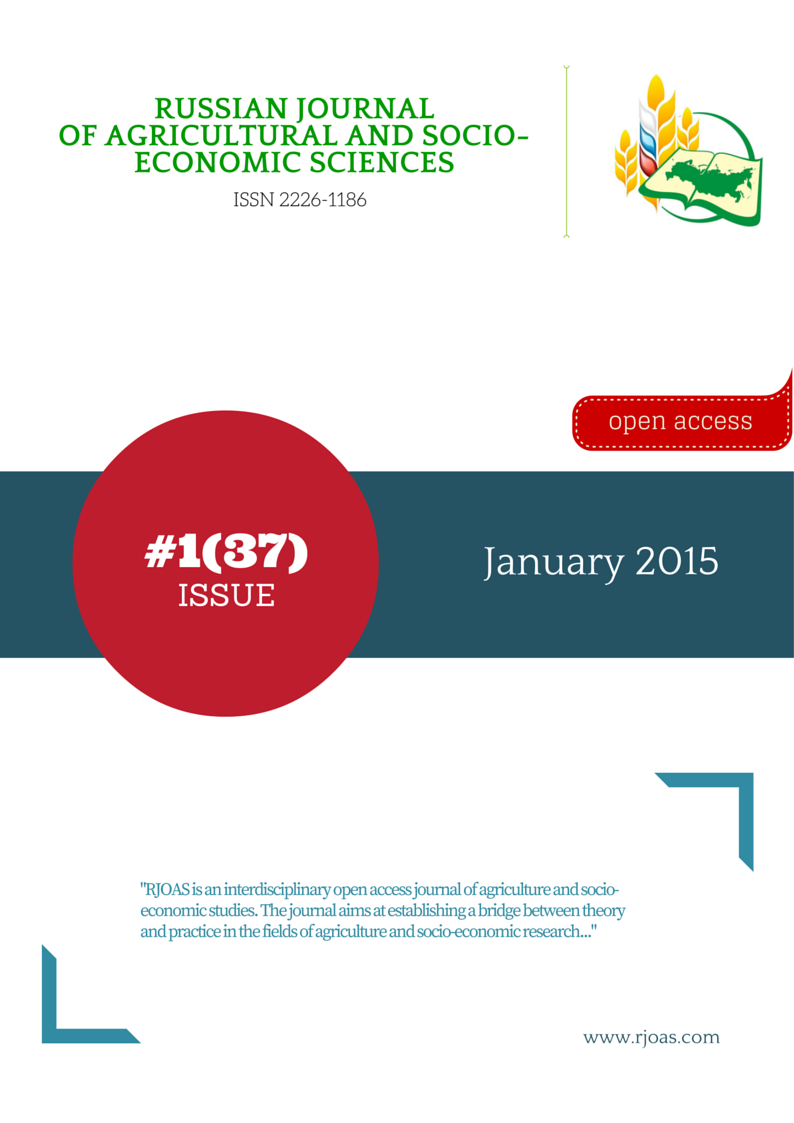
Pages 3-16
Title
APPLICATION OF DATAMINING TOOL TO CROP MANAGEMENT SYSTEM
Author(s)
Raorane A.A.*, Kulkarni R.V.**
Organization(s)
*Vivekanand College, Kolhapur, India
**Chh. Shahu Institute of business Education and Research Centre, Kolhapur, India
Key Words
Yield estimation; Data mining; Regression analysis; Crop cutting experiments
Abstract
It is important to estimate crop production for various policy decisions relating to storage, distribution, pricing, marketing, import-export, etc. The estimation of major crops was issued by Directorate of Economics and Statistics. However, these advance estimates are only gustimates and not the objective estimates. Researchers have concentrated on estimating lots of subjective assessment based on several qualitative factors. Thus there is a need to develop statistical model to forecasts crop acreage and production. In this paper authors have developed integrated crop model for selected cash crops (Rice, Groundnut, Soyabin, Ragi) from the sample data collected from twelve talukas of Kolhapur district, Maharashtra state. Analysis and estimation of yield was done using data mining tool constructed by Matlab. One can use this model for estimating yield of any crop. The advances in computing and information storage have provided major factors for calculating and assessing the results. The challenge has been to extract knowledge from this raw data; this has lead to new methods and techniques such as data mining that can bridge the knowledge of the data to the crop yield estimation. This research aimed to assess these new data mining techniques and apply them to the various variables consisting in the database to establish if meaningful relationships can be found.
CrossRef DOI
Pages 17-22
Title
TOTAL FACTOR PRODUCTIVITY OF MAJOR CROPS IN CENTRAL INDIA
Author(s)
Olayiwola O.O., Awasthi P.K., Raghuwanshi N.K.
Organization(s)
Jawaharlal Nehru Krishi Vishwa Vidyalaya Agricultural University, Jabalpur, India
Key Words
Productivity; Crops; Central India
Abstract
The study estimated total factor productivity for principal crops in Madhya Pradesh using time series secondary data on area, production productivity of major crops in Madhya Pradesh. The Malmquist model is selected over Tornqvist model for the study because of stationality and redundancy problem associated with time series. Structural changes occurred in area and production of principal crops during the specific period of time due to policy effect and autonomous production as well. The variability in the total outputs and total inputs index was due to exploitation of available production potential in the state. Malmquist total factor productivity index explained the stages of production in Madhya Pradesh over periods of time. Post global and combine periods were better as compared with pre global period. Total factor productivity is a comprehensive measure of productivity and has gained acceptance among government officers, policy makers, productivity specialist and economist.
CrossRef DOI
Pages 23-28
Title
DETERMINANTS OF PROFITABILITY AMONG SMALL SCALE CASSAVA PROCESSORS IN SOUTH WESTERN NIGERIA
Author(s)
Ehinmowo O.O., Afolabi J.A., Fatuase A.I.
Organization(s)
Federal University of Technology, Akure, Nigeria
Key Words
Cassava processors; Cassava products; Gross margin; Net profit
Abstract
This study empirically analyzed the determinants of profitability among small scale cassava processors in Southwest, Nigeria. Three States were considered for the study which was Ogun, Oyo and Ondo. A multistage sampling technique was employed to randomly select 373 respondents. The data collected were analyzed using descriptive statistics and multiple regression models. The findings revealed that the cassava processing business was profitable in the study area given the value of gross margin (N45,485,680.00; N33,476,280.00 and N64,517,720.00) and net profit (N45,231,752.00; N33,254,740.00 and N64,177,111.00) for the three States (Ondo, Oyo and Ogun). The result of regression model indicated that education, year of experience, access to extension services, household size, cost of raw materials and types of cassava purchased were the factors that significantly determined profitability in the study area. The main challenges encountering by the processors were identified as inadequate capital, environmental hazard, cost of fuel, storage facilities and market problems.
CrossRef DOI
Pages 29-37
Title
IMPACT OF INTEREST RATE REFORM ON AGRICULTURAL FINANCE AND GROWTH IN NIGERIA
Author(s)
Onyishi L.O., Arene C.J., Ifiorah C.M.
Organization(s)
University Of Nigeria, Nsukka, Nigeria
Key Words
Interest rate; Economic reform; Agriculture; Finance; Growth; Nigeria
Abstract
The study examined the impact of interest rate reform on agricultural finance and growth in Nigeria. The study specifically ascertained the factors that determine the aggregate credit volume to agriculture within the periods of regulation and deregulation in the Nigerian economy; and determined the periodic effects of macroeconomic financial indicators on Agriculture’s gross domestic product contribution to the Nigerian economy. Descriptive statistics, Ordinary Least Squares regression technique and Autoregressive Distributed Lag model were used for data analysis. The chow test showed that there was a significant differential impact on the aggregate credit volume to agricultural sector between the regulated and deregulated regimes. Interest rate was an important determinant of aggregate credit volume to the agricultural sector in Nigeria, especially during the deregulated period but monetary authorities should ensure appropriate determination of interest rate level that will break the double-edge effect of interest rates on savers and investors.
CrossRef DOI
Pages 38-47
Title
ASSESSMENT OF KEY DIMENSIONS AND DETERMINANTS OF WOMEN’S EMPOWERMENT IN BANGLADESH
Author(s)
Rajib Dey*, Md. Mohsan Khudri**
Organization(s)
*Hajee Mohammad Danesh Science & Technology University, Dinajpur, Bangladesh
**Department of Business Administration, Uttara University, Dhaka, Bangladesh
Key Words
Women empowerment; Principal component analysis; Logistic regression model
Abstract
This study attempts to measure empowerment of women in Bangladesh context using the data extracted from 2011 Bangladesh Demographic and Health Survey (BDHS). Principal component analysis (PCA) is applied to variables pertaining to decision making and justification of physical violence by husband. Based on PCA, indices are constructed to capture two distinct dimensions of women’s empowerment: attitudes towards domestic violence and participation in decision making. All the decision making variables have positive impact on women empowerment index considering the dimension participation in decision making whereas these variables (except decision regarding visits) have relatively low and negative impact on attitudes towards violence. On the contrary, all the variables regarding justification of beaten by husband have significant impact on attitudes towards domestic violence and low impact on decision making dimension of women empowerment. A set of socio-economic factors such as age group, division, level of education, employment status, religion, wealth index, and number of living children, contraceptive use and fertility preference are assessed with a view to identifying key determinants of women empowerment. The results revealed that highly educated women are more likely to protest against physical violence in comparison with illiterate women. Women from Sylhet are less empowered than that of other divisions.
CrossRef DOI

















